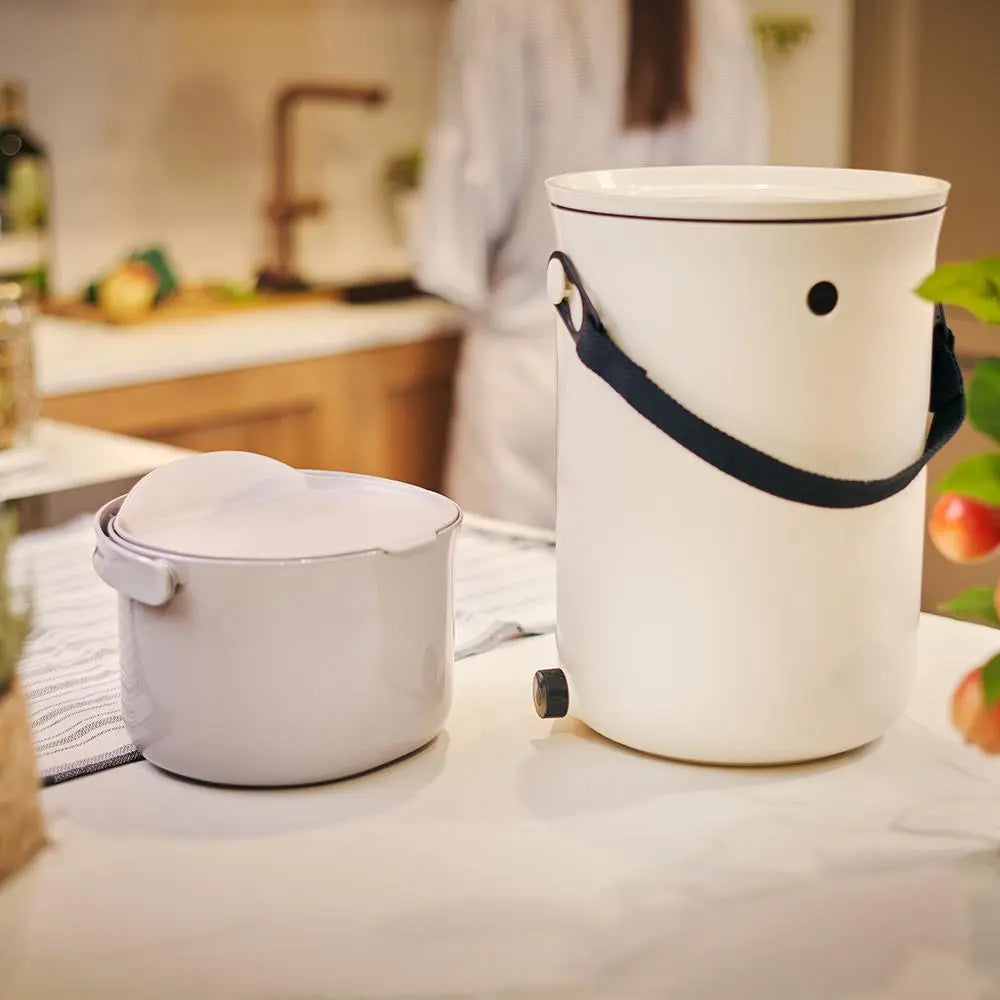Food waste has become a massive global problem. In the EU, out of all municipal solid waste generated, organic waste accounts for more than 34%. Out of that, 60% is food waste.
What if there was an easy solution to repurpose this waste in a beneficial manner, that doesn’t require much space, effort and time?
There is. It’s Bokashi composting.
What is Bokashi?
Bokashi is a practice of composting organic matter that originates in far East Asia. Bokashi requires a special bucket, where the food scraps and other bio waste is layered and fermented, turning it into pre-compost that can be used as a natural fertilizer in a garden, or turned into a soil.
The process of fermentation happens thanks to Bokashi bran. Bokashi bran includes effective microorganisms that prevent rot during composting. Because of that, there’s no smell, and the process of fermentation is quick, just around 2 weeks. Also, unlike many other ways of composting, Bokashi doesn’t require much space, and it can be used indoors. This makes it a perfect solution for city apartments.
Using Bokashi
Using Bokashi is easy. With every layer of waste put into Bokashi, some bokashi bran is sprinkled on top. After that, the air has to be pressed out by using the presser provided with the Bokashi. Additionally, every couple of days, the Bokashi liquid has to be drained from the bottom of the Bokashi. This liquid can be used diluted as a plant fertilizer, or undiluted to clean up the pipes in your home!
The Bokashi can be filled this way up to 5 cm below the rim. When it’s full, the Bokashi has to be left alone for about 14 days to do its magic and ferment the waste. After that, the Bokashi can be emptied on a compost heap, buried in the ground, or added into big plant pots with soil. And now, the food waste has turned into beneficial nutrients for your plants!

